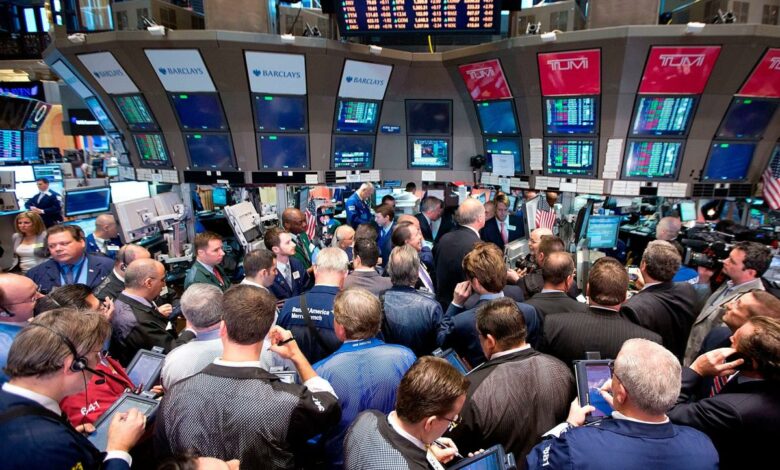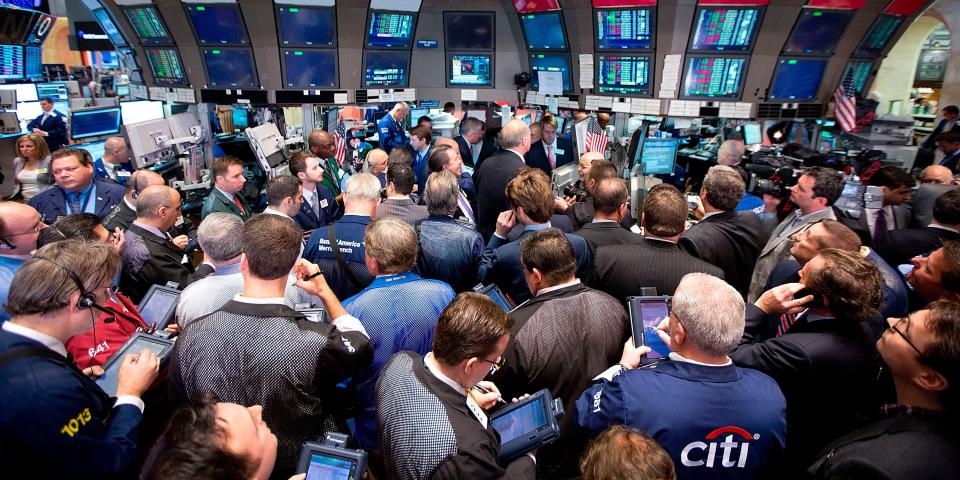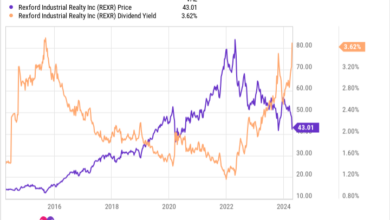Why investors should buy into an ‘egregiously expensive’ stock market, Bank of America says


-
The stock market may be expensive based on traditional measures, but that doesn’t mean investors should avoid stocks.
-
Bank of America said comparing present valuations to the past is comparing apples to oranges.
-
“The S&P 500 is half as levered, is higher quality and has lower earnings volatility than prior decades,” BofA said.
The stock market “is egregiously expensive” relative to its past, but that doesn’t mean investors should avoid stocks, according to a Wednesday note from Bank of America’s Savita Subramanian.
The US equity strategist said that while the S&P 500 is “statistically expensive on 19 of 20 metrics and is trading at a 95th percentile price to trailing earnings ratio based on data back to 1900,” it doesn’t mean that stock prices can’t continue to rise from here, and for good reason.
In particular, Subramanian took issue with comparing current stock market valuations to the past, when the composition of the S&P 500 looked a lot different.
“I think the one bear case that I hear a lot that I want to try to debunk is just the idea that the market is too expensive,” Subramanian told CNBC on Wednesday. “Folks will take today’s S&P and compare it to 10 years ago, 20 years ago, 30 years ago, 40 years ago. I don’t think that makes sense because the market today is such a different animal.”
The S&P 500 currently trades at a 12-month trailing price-to-earnings ratio of 24.5x, well above its 10-year average of 21.1x. Meanwhile, the S&P 500’s forward price-to-earnings ratio is 20.4x, more than one standard deviation above its 30-year average of 16.6x.
But maybe the S&P 500 should trade at a higher valuation than it did 30 years ago when considering that the underlying companies within the S&P 500 are much more profitable today than they were in the past, Subramanian suggests.
“The S&P 500 is half as levered, is higher quality and has lower earnings volatility than prior decades. The index gradually shifted from 70% asset-intensive manufacturing, financials and real estate companies in 1980 to 50% asset-light Tech & Health Care,” she explained.
And that different composition shows up in the S&P 500’s profit margins, which have doubled from less than 6% in the 1980s to nearly 12%.
“We’re in a different ball game here so you can’t just look at the S&P today and take that P/E and compare it over time,” Subramanian told CNBC.
All in, despite the historically high market valuations, stock prices will likely continue trending higher as long as corporate earnings don’t plummet from their current levels.
“This realistic good case scenario suggests a fair value for the S&P 500 of ~5500,” Subramanian said, representing potential upside of 9% from current levels.
Read the original article on Business Insider
Source link




